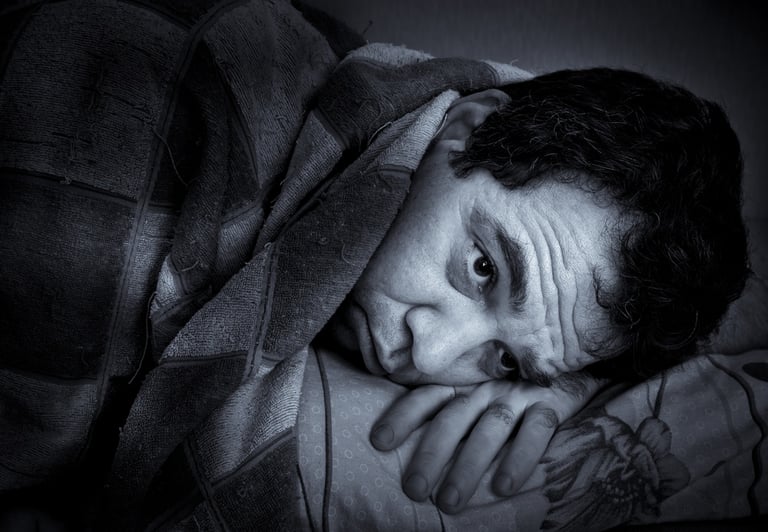
Do you have insomnia? Tried various drugs for your insomnia that didn’t help? There is a very strong possibility that your insomnia may be caused by sleep apnea or another sleep-related breathing disorder.
Some insomnia patients have used different treatments for years, all failing to solve their sleep problem. This leaves the patient tired, frustrated, and, at times, feeling hopeless. However, there is hope. Progressive-thinking sleep specialists have explored and found that sleep apnea is the cause of some insomnias.
Insomnia
The International Classification of Sleep Disorders, Edition 3, states:
Insomnia is repeated difficulty with sleep initiation, duration, consolidation, or quality that occurs despite adequate opportunity and circumstances for sleep, and results in some form of daytime impairment.
The signs of insomnia include having trouble falling asleep at the beginning of the night (sleep onset insomnia) and waking in the middle of the night and not being able to go back to sleep (sleep maintenance insomnia).
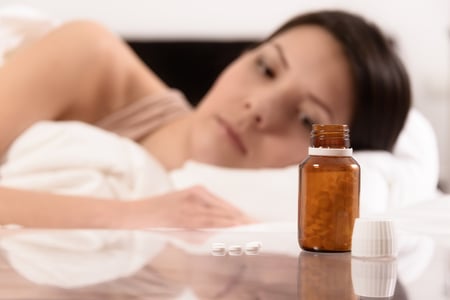 A physician diagnoses insomnia based on the patient’s subjective description of his/her sleep patterns--not able to fall sleep, not being able to stay asleep. No sleep test is used to determine diagnosis.
A physician diagnoses insomnia based on the patient’s subjective description of his/her sleep patterns--not able to fall sleep, not being able to stay asleep. No sleep test is used to determine diagnosis.
Insomnia has traditionally been seen as psychologically-oriented. Treatment includes pharmaceutical drugs, behavioral therapies, psychological therapies or relaxation techniques.
But perhaps your insomnia is not psychological in nature, but a physical condition instead?
OSA
Obstructive sleep apnea (OSA) is a sleep-related breathing disorder (SRBD) that causes the airway to repeatedly close completely or partially during the night.
OSA is the most severe type of SRBD, but there are other types of breathing disorders such as hypopneas, respiratory-effort related arousal (RERA), and upper airway resistance (UAR). During sleep apnea, the airway is completely obstructed.
With hypopneas, RERAs, and UARs, the airway is partially obstructed. All of these SRBDs can cause adverse medical conditions.
How Is Insomnia and OSA/SRBDs Related?
SRBDs cause sleep fragmentation when a person stops breathing during sleep. The brain arouses or “wakes up” on a repeated basis causing sleep to be chopped up or fragmented. Gasping for breath due to a closed airway will also wake the person.
Most people who wake in the middle of the night, roll over and go back to sleep. However, research has found that some insomniacs respond differently when they wake in the middle of the night.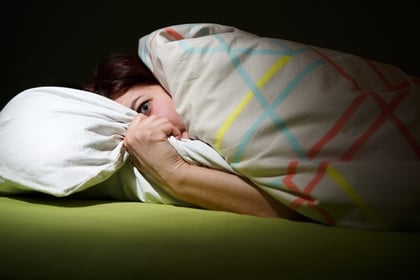
For some insomniacs, awakening starts their mind racing and a feeling of fear envelops them. This fear and racing mind promotes further anxiety and keeps them from returning to sleep.
In research by Series and Roy, PTSD patients who had otherwise normal breathing during sleep experienced increased upper airway collapsibility when awakened by noise.
Awakenings may cause underlying anxiety to ignite. OSA/ SRBDs may cause insomnia by waking the insomniac patients.
If you have insomnia that meds cannot relieve, when you fall off to sleep, the gasping, snoring and sleep fragmentation all caused by OSA/SRBDs may wake you in the night. Then you may not be able to get back to sleep.
How Prevalent is Sleep Apnea and Insomnia?
In one study, sleep specialist Barry Krakow found that between 80 percent and 90 percent of hypnotic-dependent insomniac patients who had used sedating agents for at least four years and suffered from insomnia for more than 10 years had sleep-disordered breathing.
Even if you don’t show signs of OSA/SRBDs, you still may have one. One study found that 17 of 20 insomniac patients, who did not show signs of SRBDs, were found to have either OSA or UAR.
Symptoms to Look For
SRBDs are associated with snoring, heart disease, stroke, depression, metabolic problems, cancer, and death, to name just a few. Some less known OSA/SRBD symptoms are morning headaches, dry mouth in the morning, and frequent trips to the bathroom at night.
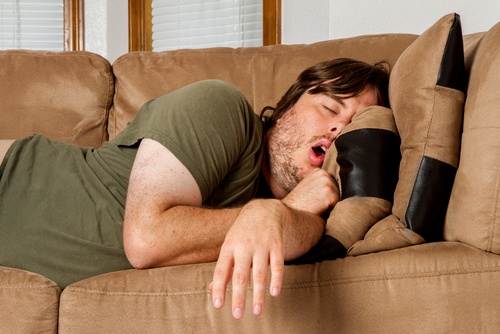
Dry Mouth
Sleep apnea decreases the amount of oxygen taken in by the body because of the obstructed airway. Mouth breathing is the body’s attempt to get more oxygen into the body. Mouth breathing results in dry mouth in the morning. Dry mouth is a reliable indicator of OSA.
Morning Headaches
SRBD causes a buildup of carbon dioxide in the brain, which causes vasodilation and pressure on the cerebral arteries, resulting in morning headaches.
Urinating at Night
Frequent urination at night is caused by a series of steps wherein the increased pressure in the obstructed airway caused by the apnea places pressure on the venous blood system, which causes the heart’s right atrium to distend. The heart sends a signal that there is fluid overload in the heart, even though there really isn’t. A natural diuretic peptide is released to eliminate the supposed fluid overload, and the kidneys produce more urine. This causes the frequent trips to the bathroom at night.
Diagnosis and Treatment
The diagnosis of OSA is determined by an overnight sleep study in a sleep center.
Treatment for OSA is usually CPAP, a machine that blows pressurized air into the airway to eliminate the obstructed airway. However, treatment with auto-bi-level positive airway pressure devices, such as adapt-servo-ventilation (ASV), has been found to eliminate 95 percent of the awakenings in persons complaining of insomnia.
ASV is a superior treatment modality for insomnia patients because it provides an adjustable, comfortable level of air pressure for the patient to exhale against. Other devices with constant, unchanging pressure, such as CPAP, can trigger anxiety when the patient tries to breathe out against a high pressure. Breathing against this high pressure may wake the person, which sets up that anxiety and mind racing response which will prevent the person from returning to sleep.
When Talking to Your Physician
Insomnia patients’ chief complaint usually focuses on not being able to sleep, not being able to fall asleep and waking in the middle of the night—and rightfully so, not sleeping or getting poor quality sleep ruins your life.
Eighty percent of insomniacs are aware that they may have sleep breathing issues. They usually do not connect their sleep breathing problems to their insomnia.
In a patient's quest to get relief from not sleeping, they may discuss only "I'm not sleeping" to their doctor and may not describe all of their sleep breathing issues. In doing this, they are focusing on the symptoms of the insomnia and not the possible cause of the insomnia.

Be sure to also discuss with your physician your other sleep-related events: snoring, gasping, choking, struggling to breathe, high blood pressure, dry mouth, morning headaches, frequent urination, and anxiety/depression.
All of these are associated with OSA and the SRBDs that cause insomnia. Only by treating the cause of the insomnia will permanent relief be found.
Sources:
International Classifications of Sleep Disorders, 3rd Edition, 2015
Sleep Review Magazine, http://www.sleepreviewmag.com/2014/01/a-missing-link-dr-barry-krakow-s-research-on-insomnia-and-sdb/
Mayo Clinic Proceedings, Pharmacotherapy Failure in a Large Cohort of Chronic Insomnia Patients Presenting to a Sleep Medical Center and Laboratory: Subjective Pre-Test Predictions and Objective Diagnoses, https://www.youtube.com/watch?v=vdm1kTFJCK4&feature=youtu.be
Krakow B, Ulibarri V, Romero E, McIver N. A two-year prospective study on the frequency and co-occurrence of insomnia and sleep-disordered breathing symptoms in a primary care population. Sleep Med. 2013;14:814-823.
Sériès F, Roy N, Marc I. Effects of sleep deprivation and sleep fragmentation on upper airway collapsibility in normal subjects. Am J Respir Crit Care Med. 1994;150(2):481-5.4.
Krakow B, Ulibarri V, Romero E. Persistent insomnia in chronic hypnotic users presenting to a sleep medical center. J Nerv Ment Dis. 2010;198(10):1-8.
Krakow B, Ulibarri VA. Prevalence of sleep breathing complaints reported by treatment-seeking insomnia patients on presentation to a sleep medical center: a preliminary report. Sleep Breath. 2013;17(1):317-22.
Image Credit: www.shutterstock.com


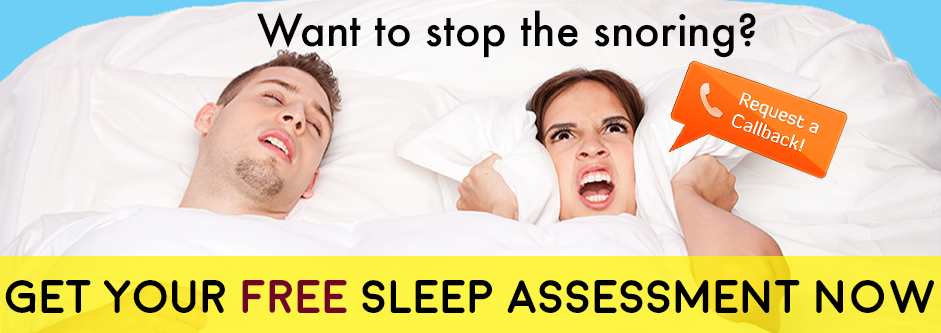






Leave a comment